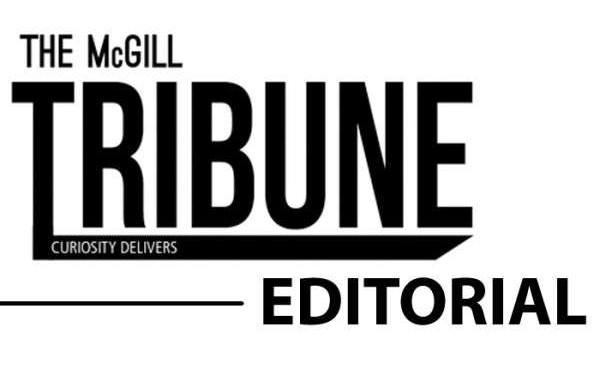Last Wednesday, Luis Guimont-Mota, a player for the Redmen football team, was arrested on charges stemming from an alleged domestic abuse incident involving his wife. Much of the discussion of the case since had revolved around the player, with only the Students’ Society of McGill University (SSMU) statement mentioning the victim.
After a terse response following the actual arrest, McGill released a longer statement to students after the wave of media coverage Thursday. In this statement, McGill reiterated the seriousness with which the university takes the charges. This all comes in the wake of last year’s controversy over McGill’s response to the arrest of three of its football players for sexual assault—a trial that is still ongoing. In many ways, McGill’s response to this present case represents a recognition of and improvement upon the way the McGill administration acted last year.
The second McGill statement on the player’s arrest led with the note that he had pleaded guilty in connection to an assault outside a Quebec City bar in 2010. The statement used this to indicate that McGill shouldn’t have allowed him on the team as a result. According to a report by the Globe and Mail, this sentence was served on weekends to allow him to play for the team. While there is a valid question to be raised here, for the university to rush in citing this incident where there is no provision in place for background checks of athletes is dubious and self-serving at best. Furthermore, the mention of the previous charge as the leading point in the university’s official response to the incident implies a degree of guilt that isn’t necessary to demonstrate to the broader student body the seriousness with which the university treats a criminal matter.
The question of where athletes stand in relation to the university is important and still unresolved. In our editorial responding to last year’s case, we argued that athletes, as representatives of the university, should be held to higher standards of conduct than the average student. In principle, that is as true looking at this case as it is in others. However, the first steps to implementing new policies in the wake of last year’s incident have shown the messy questions that come along with that standard; any member of a student organization or club at McGill—including this newspaper—is a ‘representative’ of the university when competing externally, or attending a conference on behalf of the organization. The only difference between a member of a McGill club that engages in external competitions and a member of a varsity team is that the management of the latter traces back more directly to the university administration. At other universities, primarily those in the United States, there would also be a major difference in the campus profile and media attention between athletes and other students—but that, for better or worse, is not an issue at McGill.
This question of standards is not an academic one. Student politicians have been pushing for McGill to adopt consent training for athletes, while the university has countered that this would unfairly single out a group of students. While the issue of athlete-involved violence—sexual or otherwise—is real, the external imposition of a policy that explicitly associates athletes as substantially more likely to commit sexual assault would stereotype athletes and be counterproductive. Instead, a better—and undoubtedly more difficult approach would be to improve education on consent issues for all students, with initiatives to enlist coaches and team veterans as peer mentors within sports teams.
The institutional questions opened last year are still open. If the university is going to set the standard of unblemished external records for athletic participation, there needs to be a clear policy as to who can join a team and who can’t—and why. Citations of consistency with “values,” as made in the MRO, are nebulous and could lead to major problems in situations less clear-cut than this one. It remains to be seen how this case turns out, but it is clear that while there has been improvement in the past year, we have a long way to go in creating the framework to address these issues.









